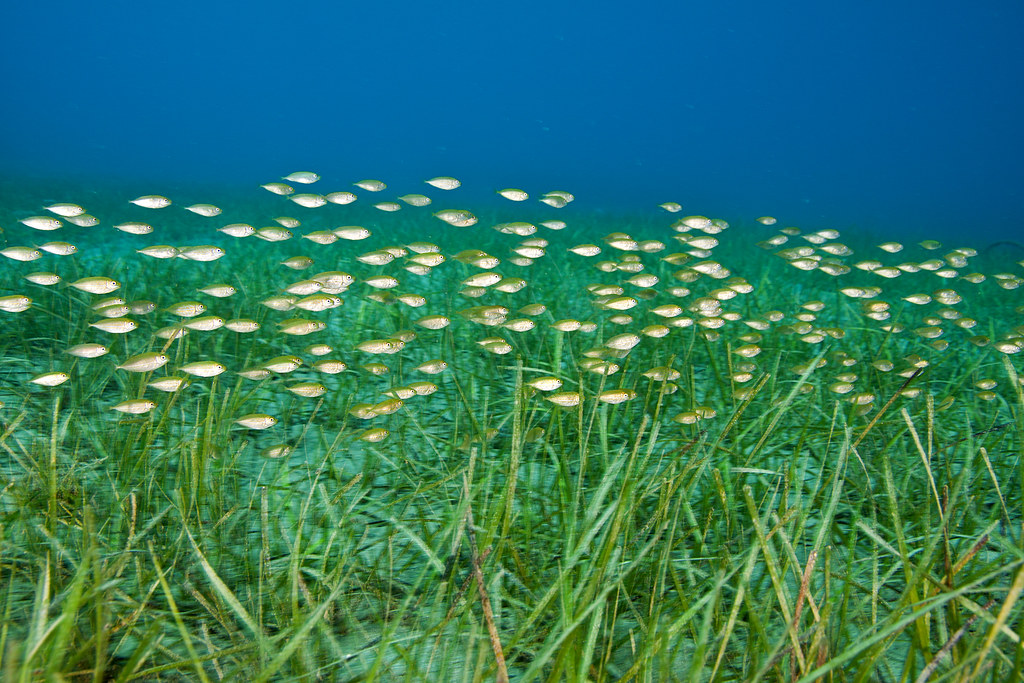Vanga Seagrass Locally Managed Marine Area (LMMA)

ACES is excited to announce the launch of the LMMA!
After 4 years of successful mangrove conservation and restoration, the community of Vanga Bay are enthusiastic about introducing an Locally Managed Marine Area (LMMA) to protect vitally-important seagrass meadows.
Around 30% of jobs in Vanga community are in the fisheries sector. The community recognises the importance of seagrass as a nursery habitat for small fish, which boosts fish stocks and therefore fisheries.
Seagrass needs to be protected to ensure that it continues to deliver benefits to fisheries, biodiversity, carbon sequestration and coastal protection.
Donations, not offsets, will support this seagrass project
Why does ACES sell offsets for mangrove conservation and restoration, but not for seagrass?
Seagrass meadows are difficult ecosystems to certify under carbon standards. In summary, it is difficult to calculate seagrass carbon and to monitor it regularly. The income that any credits would provide would not make this financially viable, unlike mangrove conservation.

However, seagrass is vitally important and we don’t let these challenges stop us from protecting it.
We included the LMMA in our project design document (PDD) for Plan Vivo certification as an additional activity to mangrove conservation. This means that while we will calculate seagrass carbon and carry out monitoring, this will be done under an adapted approach that is more accessible to local people to get involved in. This will be less expensive and less resource-intensive than the monitoring that would be required to issue carbon credits from the activity.
Although seagrass carbon credits aren’t possible at the moment, we have found a solution that works for seagrass and for the local community!
The science behind this project is integral.
Learn more about this project
The aim of the LMMA is to prevent damage and reduce pressure on the seagrass meadow so that it can continue to support the local community, biodiversity and carbon sequestration.
ACES are supporting the development of this LMMA. To date, the community consultation and planning of the protected area has been funded by a grant from the United Nations Environment Programme (UNEP). We will continue to support the management and financing of it as part of the Vanga Blue Forest. This project aligns with our charitable objectives of environmental protection, poverty relief, environmental education and advancing scientific research.


As seagrass meadows offer food and habitat for commercially important marine species it supports the local fishing trade. However, seagrass is damaged through the use of some fishing methods, primarily seine netting. This is the primary driver of seagrass degradation in the Vanga Bay region. The LMMA, led by the Vanga Blue Forest team in collaboration with the fishing community, will manage this activity.
Seagrass is a very productive ecosystem, with its potential for carbon sequestration and provision of resources for biodiversity, it can support local communities and beyond.
The coastal ecosystems of mangroves, seagrass and coral reefs are known to act in synergy. These three ecosystems are known to be ‘more than the sum of their parts’ when they act together. Seagrass protection will benefit mangroves and vice-versa, and both will benefit coral reefs.
We are grateful to the United Nations Environment Programme (UNEP) for funding the development of the LMMA
